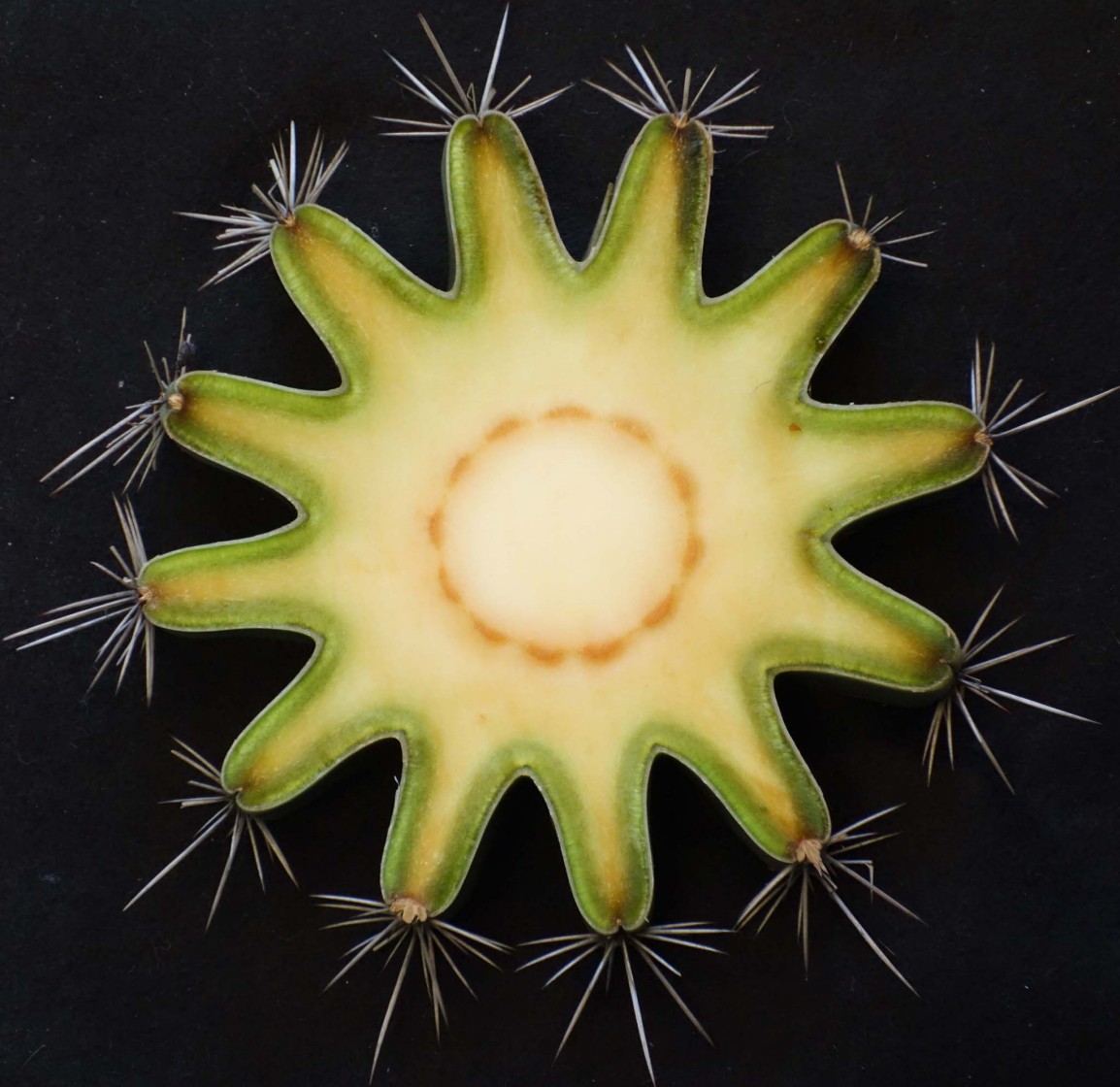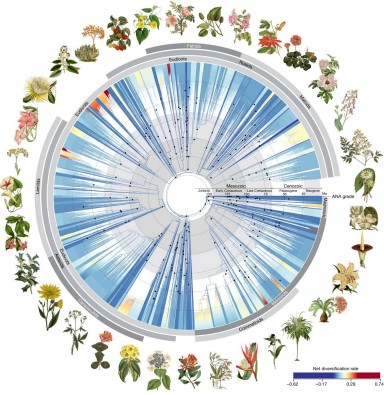
Here we give an overview of our diverse commitment.
The PAFTOL project – initiated and supported by the Royal Botanic Gardens Kew – aims to understand the diversity, development and phylogeny of plants and fungi and to be able to make predictions for future trends based on this understanding.
The Zurich Succulent Collection was able to make a significant contribution to a study on the family tree of angiospermae, in which a total of almost 280 scientists from 138 institutions collaborated: it provided material from almost 200 cactus species for the genetic analyses, which helped to clarify the relationships.

The current science concept for the years 2024–2034 envisages re-establishing, reviving or intensifying certain partnerships with organisations in Brazil, Chile, Peru and South Africa. We will inform you about news and developments in this regard here.
Dr. Thea Lautenschläger
Scientific Director Botanical Garden Hamburg, University of Hamburg | Germany
"For our research in the field of biomechanics, we are also looking for new inspiration for technology in the succulent collection."
Prof. Daniela Zappi
Postgraduate studies collaborator Universidade de Brasília | Distrito Federal, Brazil
«Ex situ living plant collections documented by herbarium and an excellent specific library aid students and researchers like me in the development of high-quality scientific research in biodiversity and conservation. The welcoming and friendly staff have fostered long term collaboration, and I have memorable times of visiting this institution."
Dr. Louise Isager Ahl
Postdoctoral researcher Natural History Museum of Denmark, University of Copenhagen | Denmark
«Scientific collaboration with the Zurich Succulent Plant Collection has been extremely valuable for me. Together we have investigated the development of historical Aloe illustrations and our strong collaborations have also been highly appreciated in my work on succulence, cell wall polysaccharides and leaf micromorphology.»
Mr. Graham Charles
President British Cactus and Succulent Society | England
«The Zurich Succulent Plant Collection (ZSS), a unique institution, has been a stable source of reliable information and expertise over many years when other collections have not been sustained. During my 60 years of involvement with succulent plants, the ZSS has been an accessible source of reliable information, especially useful during my time as editor of Bradleya, the yearbook of the British Cactus and Succulent Society (BCSS).»
Dr. Reto Nyffeler
Associate Professor and Curator Herbarium, University of Zurich | Switzerland
"The Zurich Succulent Collection holds (for me) a globally unique selection of research material on questions of the evolution of adaptations to life in arid regions!"
Prof. Federico Luebert
University of Chile Faculty of Agricultural Sciences Herbarium AGUCH | Santiago, Chile
«The herbarium and scientific publications of the Zurich Succulent Plant Collection formed a starting point for the field work on the Chilean cactus genus Eulychnia, which is one of the dominant cactus groups in the Atacama Desert, one of the driest places on earth. I investigated Eulychnia and uncovered recent, Quaternary speciation processes in this genus.»
Prof. Mónica Arakaki
Museo de Historia Natural Universidad Nacional Mayor de San Marcos (UNMSM) | Lima, Peru
«The Zurich Succulent Plant Collection provided invaluable scientific and technical support and access to one of the best curated succulent plant collections (live and historical herbarium collections). Our research group developed a diversification hypothesis for cacti, and other important succulent lineages. We trust to increase this collaboration with a growing generation of students and researchers interested in all aspects of plant diversity."
Mrs. Rosa-Stella Mbulu
Doctoral researcher University of Cologne | Germany
«Great collaborative potential exists between the Zurich Succulent Plant Collection and Namibian institutions to raise interdisciplinary awareness on the genetic and ecological value as well as sustainable use and conservation of the local and transboundary succulent plant species.»